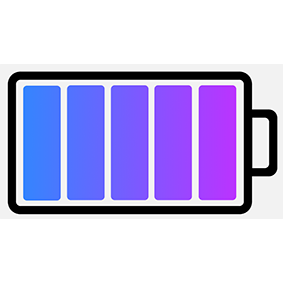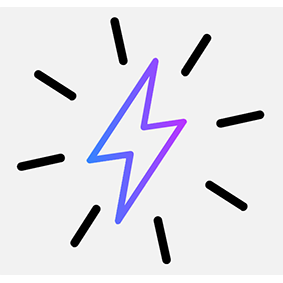This material is for informational Purposes only and not meant for medical diagnosis. This information does not constitute medical or legal advice, and Boston Scientific makes no representation regarding the medical benefits included in this information. Boston Scientific strongly recommends that you consult with your physician on all matters pertaining to your health.
CAUTION: The law restricts these devices to sale by or on the order of a physician. Indications, contraindications, warnings, and instructions for use can be found in the product labelling supplied with each device or at www.IFU-BSCI.com. Products shown for INFORMATION purposes only and may not be approved or for sale in certain countries. This material not intended for use in France.
Results from case studies are not necessarily predictive of results in other cases. Results in other cases may vary.
References:
1. Okun MS et al. 2024. Real-World Outcomes in USA using DBS Systems with Directionality and Multiple Independent Current Control [Abstract]. North American Neuromodulation Society (NANS), Las Vegas, NV; Jan 18 - 21, 2024.
2. Aubignat, M., Berro, A., Tir, M., & Lefranc, M. (2024). Imaging-Guided Subthalamic Nucleus Deep Brain Stimulation Programming for Parkinson Disease. Neurology Clinical Practice, 14(6). https://doi.org/10.1212/cpj.0000000000200326
3. Ojukwu, D. I., Wang, A. R., Hornbeck, T. S., Lim, E. A., Sharrard, J., Dhall, R., Buch, V. P., & Halpern, C. H. (2022). Conversion to Hybrid Deep Brain Stimulation System to Enable Multi‐Contact Fractionation Can be Therapeutic. Movement Disorders, 37(6), 1321-1323. https://doi.org/10.1002/mds.29007.
4. April 2020 – Footprint defined as volume + thickness. Data on file. at Boston Scientific Corporation. Compared to all EU commercially available DBS IPG's from 2010 onwards.
5. Torres V, 2024, npj Parkinson’s Disease https://doi.org/10.1038/s41531-024-00639-9
6. Timmermann L et. al. Multiple-source current steering in subthalamic nucleus deep brain stimulation for Parkinson’s disease (the VANTAGE study): a non-randomised, prospective, multicentre, open-label study. Lancet Neurol. 2015 Jul;14(7):693-701.
7. A. Rezaei Haddad, M. Samuel, N. Hulse, H. Y. Lin, and K. Ashkan, “Long-Term Efficacy of Constant Current Deep Brain Stimulation in Essential Tremor,” Neuromodulation, vol. 20, no. 5, pp. 437–443, 2017, doi: 10.1111/ner.12592.
8. Steffen, J. K., Reker, P., Mennicken, F. K., Dembek, T. A., Dafsari, H. S., Fink, G. R., Visser-Vandewalle, V., & Barbe, M. T. (2020). Bipolar Directional Deep Brain Stimulation in Essential and Parkinsonian Tremor. Neuromodulation: Technology at the Neural Interface, 23(4), 543–549. DOI: 10.1111/ner.13109
9. Reker, P., Dembek, T. A., Becker, J., Visser-Vandewalle, V., & Timmermann, L. (2016). Directional deep brain stimulation: A case of avoiding dysarthria with bipolar directional current steering. Parkinsonism & Related Disorders, 31, 156-158. https://doi.org/10.1016/j.parkreldis.2016.08.007
10. Kirsch, A. D., Hassin-Baer, S., Matthies, C., Volkmann, J., & Steigerwald, F. (2018). Anodic versus cathodic neurostimulation of the subthalamic nucleus: A randomized-controlled study of acute clinical effects. Parkinsonism & Related Disorders, 55, 61-67. https://doi.org/10.1016/j.parkreldis.2018.05.015 Results from case studies are not necessarily predictive of results in other cases. Results in other cases may vary.





